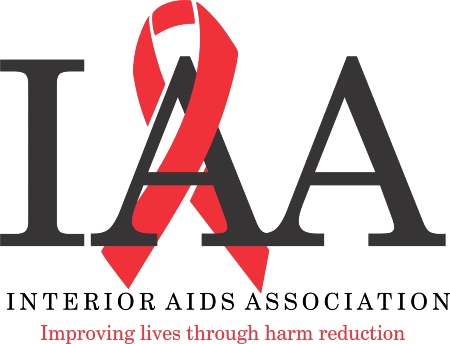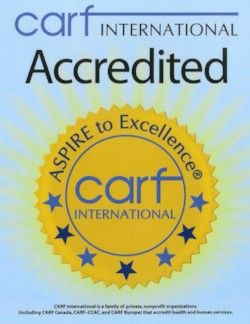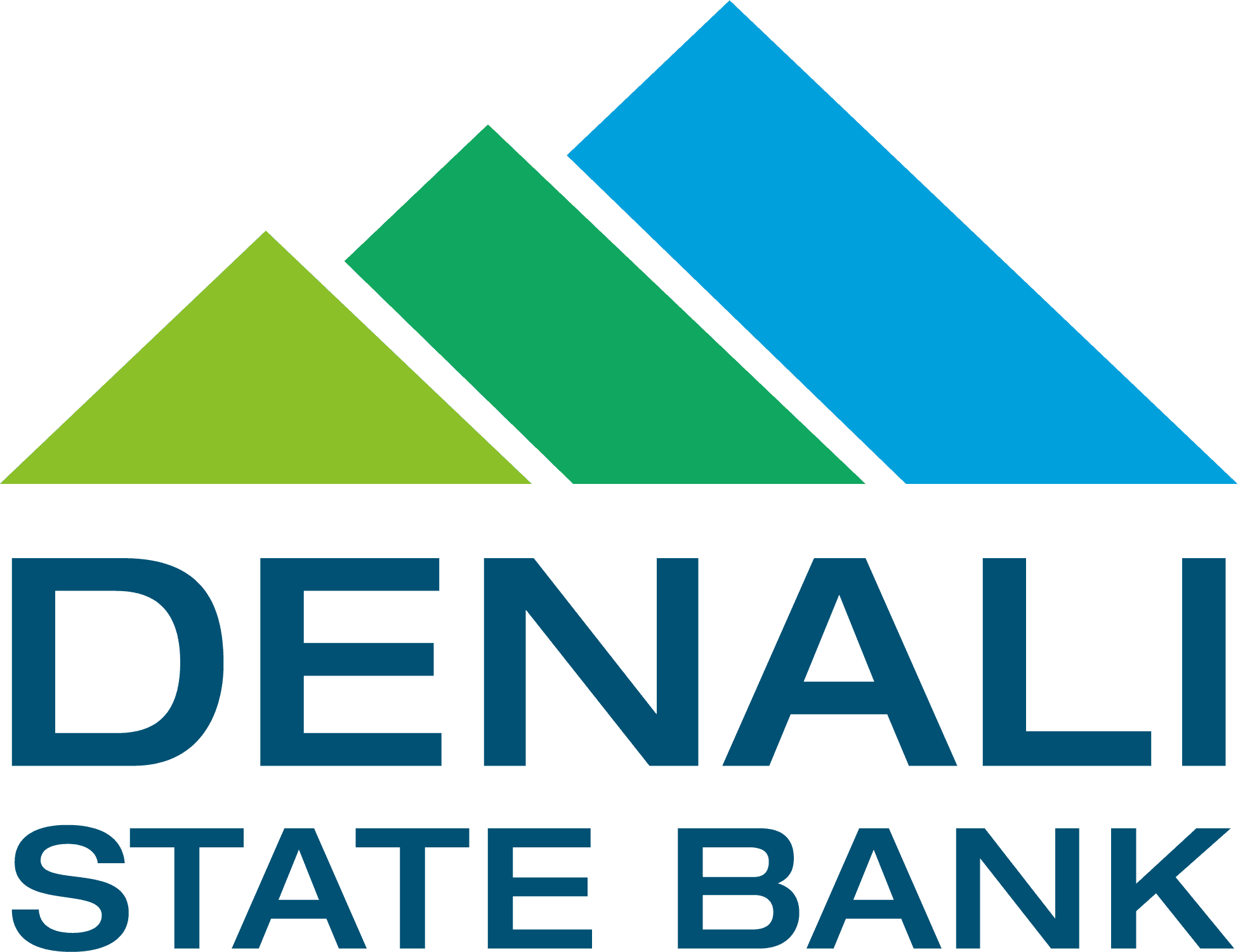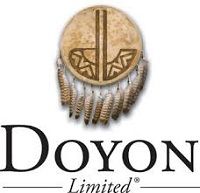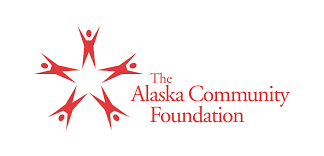How to Administer Naloxone
Individualized and effective outpatient treatment for opiate addiction
Are you finding it difficult to stop using opioids? If you've thought about stopping, IMAT can help.
What exactly are opioids?
"Opioids are a class of drugs that include the illegal drug heroin, synthetic opioids such as fentanyl, and pain relievers available legally by prescription, such as oxycodone (OxyContin®), hydrocodone (Vicodin®), codeine, morphine, and many others." -National Institute on Drug Abuse
Opioid use disorder is a chronic and relapsing disease that affects your body and your brain. Whether this is your first try at overcoming addiction, or a fresh start after many attempts, give yourself credit for having the courage to change.
About Medication-Assisted Treatment
Research shows that a combination of medication and therapy can successfully treat substance use disorder, and for some, can help sustain recovery.
Medication-assisted treatments have been proven to ease symptoms of withdrawal, reduce cravings, and block the brain’s ability to experience an opioid’s effect. In many circumstances, incorporating medication-assisted treatment can increase the odds for long-term recovery. 1
Who Is Eligible?
-
Adults 18+ who have been unable to stop using heroin or other opioids for more than one year. - Pregnant women and injection drug users are given priority in admissions.
- We accept Medicaid, Medicare, or private insurance and have a sliding fee scale for the uninsured.
It’s important to remember that every person with substance use disorder is unique, and even two people using the same drug may require different treatments.
Every treatment will be individually tailored to the person in recovery and will consider the type of substance use, the length and recurrence of the substance use disorder, psychological issues, along with any other concerns, to form an effective treatment plan.
How to Apply
-
Or pick up an application packet at 710 3rd Avenue in downtown Fairbanks from 10am - 3pm, Mon – Fri. You can also have an application mailed to you by calling (907) 452-4222. Applications can be returned to us in person or via fax to 907-452-8176
A common misconception associated with MAT is that it substitutes one drug for another.
However, consider the following facts:
- Science has proven that substance use disorder is a disease. 2
- Opioid use causes actual changes to the brain. 3
- Many people with chronic conditions manage them with medication, including persons with diabetes and asthma. Brain chemistry changes can also be managed with medication. 4
- MAT is supported by the American Medical Association (AMA), the American Academy of Addiction Psychiatry(AAAP), and the American Society of Addiction Medicine (ASAM).
- Research has shown MAT for opioids is effective. 5
- Persons in recovery who incorporate MAT can stay substance-free for decades.
TYPES OF MEDICATION OFFERED BY IMAT:
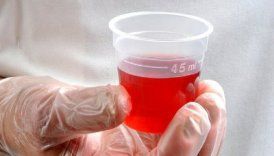
Methadone
Methadone is a synthetic opioid used for more than 50 years to treat heroin and opioid addiction. Methadone fills opioid receptors, relieving withdrawals and cravings.
Methadone lessens the painful symptoms of opiate withdrawal and blocks the euphoric effects of opiate drugs such as heroin, morphine, and codeine, as well as semi-synthetic opioids like oxycodone and hydrocodone.
When taken as prescribed, it is safe and effective. It allows people to recover from their addiction and to reclaim active and meaningful lives.
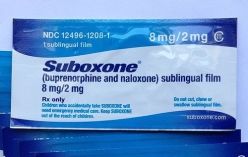
Buprenorphine (Suboxone)
Buprenorphine, also known by its brand-names: Suboxone, Subutex, and others; is now available in our treatment program. Like methadone, buprenorphine binds to opioid receptors, relieving withdrawal symptoms and reducing cravings for opioids like heroin.
Buprenorphine has unique pharmacological properties that help:
- Lower the potential for misuse
- Diminish the effects of physical dependency, such as withdrawal symptoms and cravings
- Increase safety in cases of overdose
Buprenorphine’s opioid effects increase with each dose until at moderate doses they level off, even with further dose increases. This “ceiling effect” lowers the risk of misuse, dependency, and side effects.
Medications such as buprenorphine, in combination with counseling and behavioral therapies, provide a whole-patient approach to the treatment of opioid dependency. When taken as prescribed, buprenorphine is safe and effective.
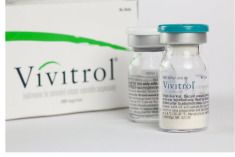
Naltrexone (Vivitrol)
Vivitrol is a time-release, injectable form of the drug Naltrexone, a medication approved by the Food and Drug Administration (FDA) to treat opioid use disorders and alcohol use disorders.
Vivitrol blocks opioid drugs from binding to receptors for about 28 days.
Naltrexone blocks the euphoric and sedative effects of drugs such as heroin, morphine, and codeine. It works differently in the body than buprenorphine and methadone, which activate opioid receptors in the body that suppress cravings.
Naltrexone binds and blocks opioid receptors, and is reported to reduce opioid cravings. There is no abuse and diversion potential with naltrexone.
As with all medications used in medication-assisted treatment (MAT), naltrexone is used as part of a comprehensive treatment plan that includes counseling and participation in social support programs.
